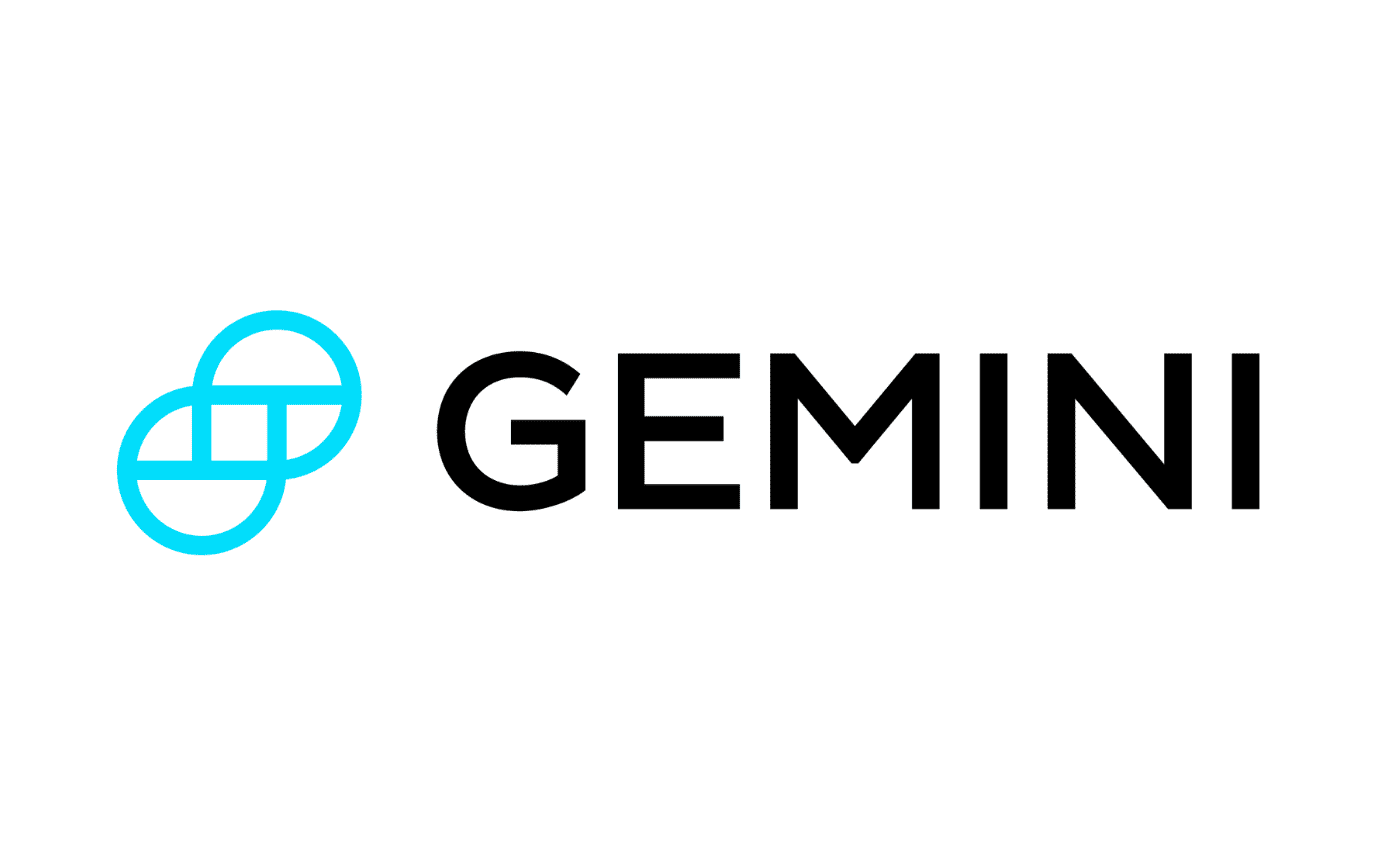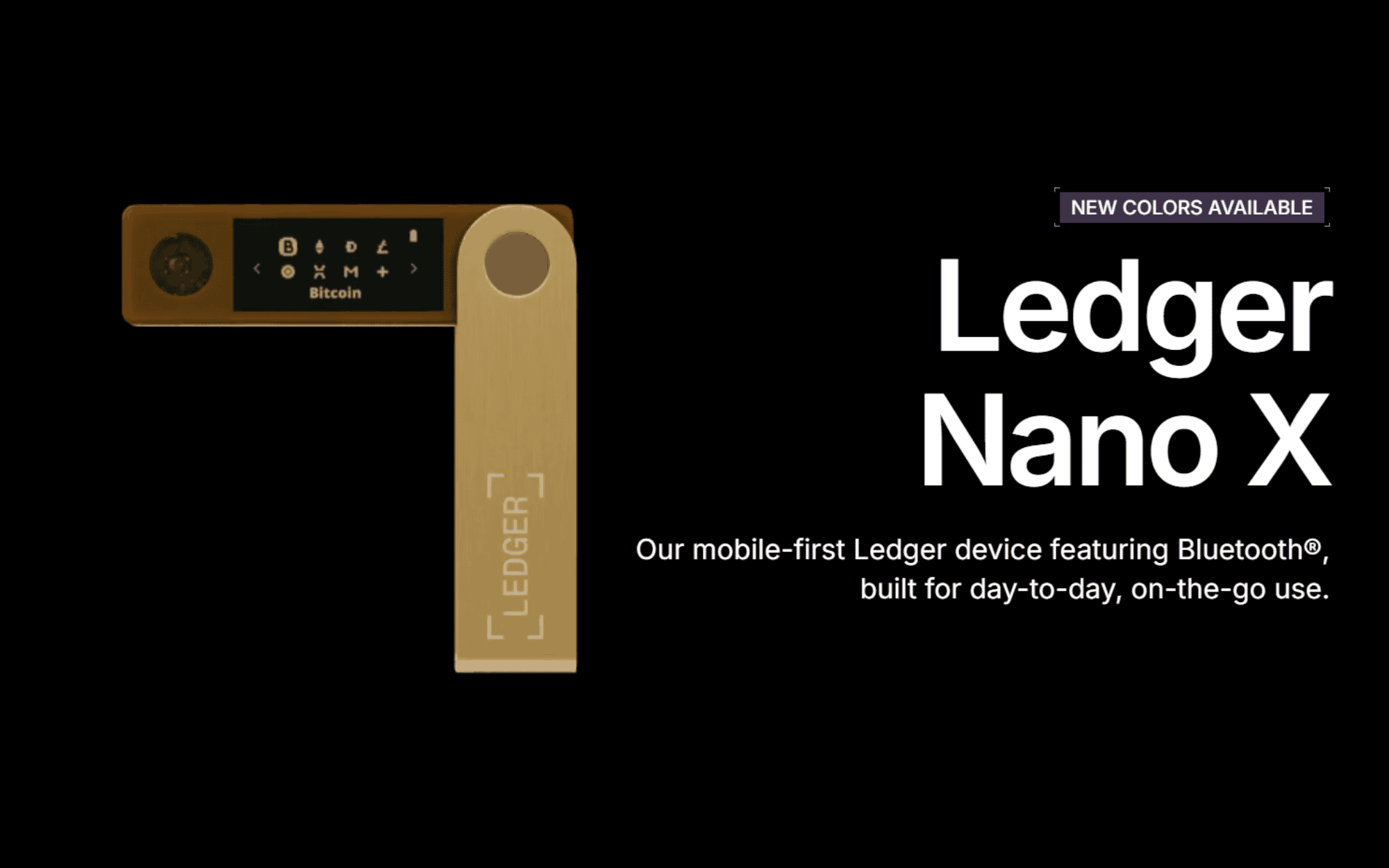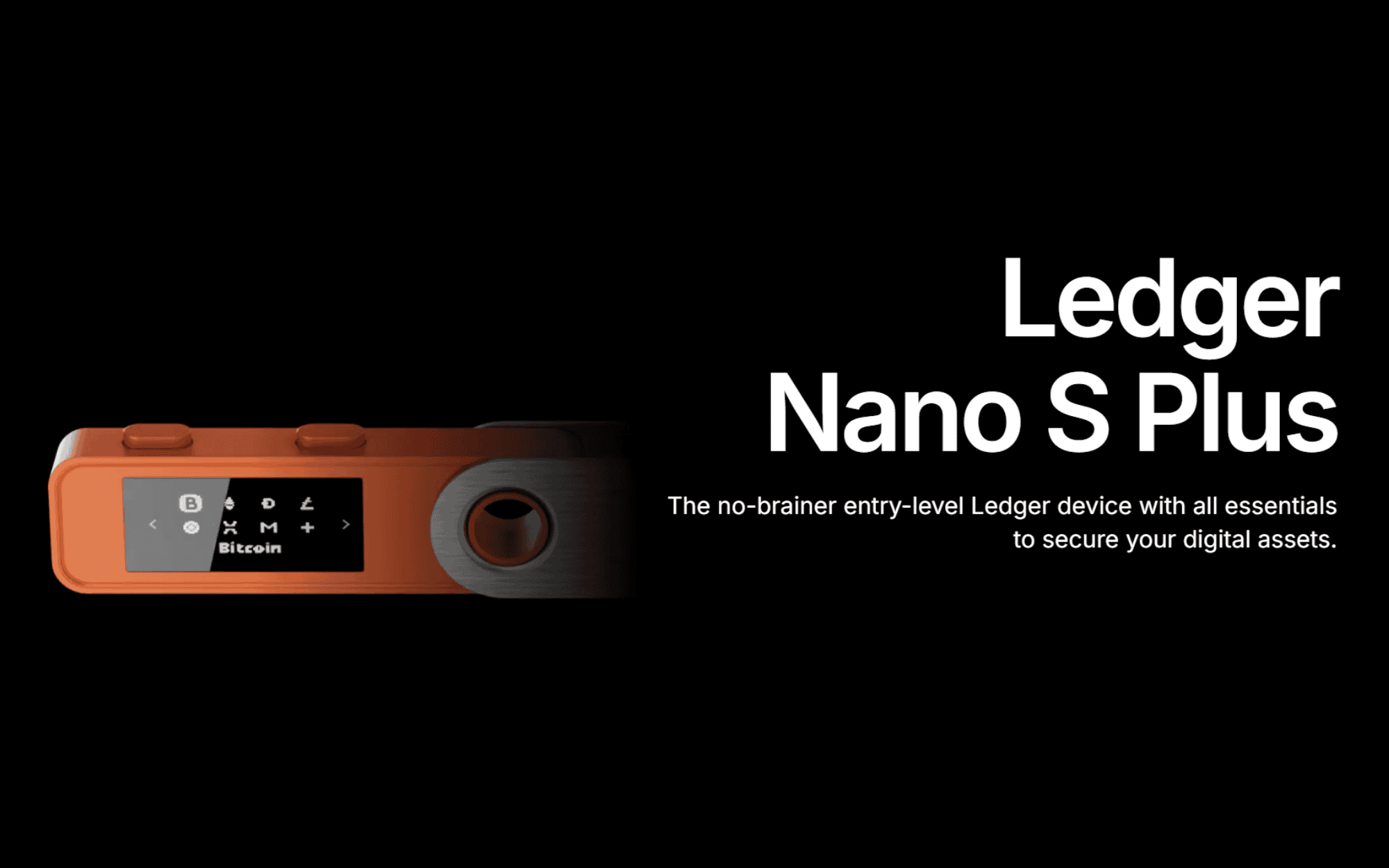As cryptocurrency trading continues to evolve, choosing the right crypto trading platform is crucial for both beginners and seasoned investors. Gemini, founded by the Winklevoss twins in 2014, has long positioned itself as a secure crypto exchange with a strong emphasis on regulatory compliance and user safety. But with a crowded market of exchanges offering competitive fees and features, one question looms large: is Gemini worth it in 2025? This Gemini Exchange review dives deep into its fee structure, trading features, security measures, and overall value proposition to help you decide if it’s the right platform for your crypto journey.
In this comprehensive analysis, we’ll explore what sets Gemini apart, its pros and cons, and whether its offerings justify its reputation—and its costs—in the fast-paced world of crypto trading. Whether you’re eyeing Bitcoin, Ethereum, or altcoins, this review will provide the insights you need.
What is Gemini Exchange?
A Brief History of Gemini
Gemini Trust Company, LLC, commonly known as Gemini, was launched in 2014 by Tyler and Cameron Winklevoss, famous for their early involvement with Facebook. Based in New York, Gemini quickly gained traction as a regulated exchange, becoming the world’s first licensed Ether exchange in 2016. By 2025, it supports over 150 cryptocurrencies and operates in more than 60 countries, including all 50 U.S. states—a rarity among crypto platforms due to stringent U.S. regulations like those in New York.
Gemini’s Mission and Market Position
Gemini markets itself as “The Future of Money,” aiming to blend the stability of traditional finance with the innovation of blockchain. Its focus on security and compliance has made it a favorite among institutional investors and security-conscious traders. But is Gemini worth it for everyday users? This Gemini Exchange review will assess its appeal across different trader profiles.
Gemini Fees: Are They Competitive?
Standard Platform Fees
One of the first considerations in any Gemini Exchange review is its fee structure, which can make or break its worthiness. For casual traders using the standard web or mobile platform, Gemini charges a 0.5% convenience fee above the market price, plus a transaction fee based on trade size:
- Orders up to $10: $0.99
- $10–$25: $1.49
- $25–$50: $1.99
- $50–$200: $2.99
- Over $200: 1.49% of the order value
For example, buying $100 of Bitcoin incurs a total fee of about 1.99% ($0.50 convenience + $1.49 transaction). Compared to competitors like Binance (0.10%) or MEXC (0% spot fees), these Gemini fees are notably higher, especially for small trades.
ActiveTrader Fees
For advanced traders, Gemini’s ActiveTrader platform offers a maker-taker model based on 30-day trading volume:
- Maker fees: 0.00%–0.20%
- Taker fees: 0.03%–0.40%
High-volume traders (over $10 million monthly) enjoy the lowest rates, making ActiveTrader more competitive with platforms like Kraken (0.16%/0.26%). However, the 0.5% convenience fee still applies to mobile trades, pushing costs up for non-desktop users.
Deposit and Withdrawal Costs
Deposits via ACH are free, but debit card deposits carry a steep 3.49% fee. Crypto withdrawals incur network fees (e.g., 0.0001 BTC for Bitcoin), while Gemini Dollar (GUSD) withdrawals are free. Wire transfers out cost $25, unlike Kraken’s $5 flat rate. This Gemini Exchange review finds its fees less affordable than low-cost rivals, a key factor in assessing “is Gemini worth it?”
Gemini Trading Features: What’s on Offer?
Cryptocurrency Selection
Gemini supports over 150 cryptocurrencies, including Bitcoin (BTC), Ethereum (ETH), Dogecoin (DOGE), and its own stablecoin, GUSD. While this is solid, it pales compared to Binance (400+) or KuCoin (900+). Traders seeking niche altcoins might find Gemini’s selection limiting, though it covers most popular assets.
Trading Platforms
Gemini offers two interfaces:
- Standard Platform: Ideal for beginners, it’s intuitive for buying, selling, and setting recurring buys. It’s user-friendly but pricey due to high Gemini fees.
- ActiveTrader: Aimed at pros, it includes advanced charting, real-time order books, and multiple order types (e.g., limit, market, stop-limit). It’s robust but lacks margin trading in the U.S.
Additional Features
- Staking: U.S. users can stake Ethereum (ETH) and Polygon (MATIC) for up to 4.98% APY, with a 15% commission on rewards. Options are limited compared to Kraken (27 assets) or Binance.
- Gemini Credit Card: Earn up to 4% crypto cashback on purchases (e.g., gas, EV charging), with no annual fee—a unique perk.
- Nifty Gateway: An NFT marketplace for buying, selling, and storing digital collectibles.
- Gemini Pay: Spend crypto at retailers via the app, enhancing usability.
This Gemini Exchange review highlights a mix of beginner-friendly and advanced tools, but its feature set isn’t as expansive as some competitors.
Security: Is Gemini a Secure Crypto Exchange?
Security Measures
Security is Gemini’s hallmark, a critical aspect of “is Gemini worth it?” It’s never been directly hacked, a rarity among exchanges. Key measures include:
- Cold Storage: 95%+ of assets are stored offline in air-gapped systems.
- Hot Wallet Insurance: Covers losses from breaches or employee theft (not market losses).
- 2FA: Mandatory via authenticator apps or hardware keys like YubiKey.
- SOC Certifications: First exchange to achieve SOC 1 Type 2 and SOC 2 Type 2 compliance.
Regulatory Compliance
Regulated by the New York Department of Financial Services (NYDFS), Gemini adheres to strict AML and KYC rules. USD balances are FDIC-insured up to $250,000, a feature few rivals offer. However, a 2022 breach via partner IRA Financial Trust (not Gemini itself) stole $36 million, and the Gemini Earn fallout (detailed below) dented its reputation.
Past Incidents
The Gemini Earn program, halted in 2022 after Genesis Global Capital’s bankruptcy, locked $1.1 billion in user funds. Gemini settled with NYDFS in 2024, returning assets and paying a $37 million fine. While resolved, it underscores risks with third-party offerings. Overall, Gemini remains a secure crypto exchange, a major pro in this review.
User Experience: How Easy is Gemini to Use?
Interface and Accessibility
Gemini’s standard platform is a breeze for beginners, with a clean layout for buying and selling. The mobile app (4.7/5 on App Store) mirrors this simplicity, supporting trading, staking, and Gemini Pay. ActiveTrader, while powerful, has a steeper learning curve with its technical tools, better suited for experienced traders.
Customer Support
Support is a mixed bag. Gemini offers email and a chatbot, but response times vary. Trustpilot reviews (3.8/5 from 1,130+ users) cite delays, especially for non-VIP users, though 24/7 chat is available. Compared to Kraken’s phone support, Gemini lags here.
Global Reach
Available in 60+ countries and all U.S. states, Gemini’s accessibility is a plus. However, mandatory KYC (ID, address verification) can delay onboarding, a minor con for privacy-focused users.
Pros and Cons of Gemini Exchange
Pros
- Top-Tier Security: Never hacked, with cold storage and insurance.
- Regulatory Compliance: NYDFS-regulated, FDIC-insured USD balances.
- User-Friendly: Great for beginners on the standard platform.
- Unique Perks: Credit card rewards, NFT marketplace, and GUSD.
- U.S. Availability: Operates in all 50 states, including New York.
Cons
- High Fees: Standard platform fees outpace low-cost rivals.
- Limited Staking: Only two options in the U.S., with a 15% cut.
- Smaller Coin Selection: 150+ assets vs. 400–900+ on competitors.
- Earn Program Fallout: Past issues eroded some trust.
- Support Delays: Slower responses for non-priority users.
Is Gemini Worth It for Different Traders?
Beginners
For novices, Gemini’s ease of use, educational Cryptopedia, and security make it appealing. However, high Gemini fees on small trades (e.g., 1.99% for $100) could deter budget-conscious starters. Coinbase’s simpler fee structure might edge out here.
Advanced Traders
ActiveTrader’s lower fees (0.03%–0.40%) and charting tools suit pros, but the lack of U.S. margin trading and fewer trading pairs (390 vs. Binance’s 1,200+) limit its appeal. Kraken or Binance may better serve high-frequency traders.
Long-Term Investors
Hodlers benefit from Gemini’s secure crypto exchange status and free GUSD withdrawals, but staking options are slim. Platforms like KuCoin offer more passive income potential.
Gemini vs. Competitors
| Feature | Gemini | Binance | Kraken |
|---|---|---|---|
| Spot Fees | 0.5% + 0.99–1.49% | 0.10% (0.075% w/ BNB) | 0.16%/0.26% |
| Active Fees | 0.00%–0.40% | 0.02%–0.10% | 0.00%–0.10% |
| Coins | 150+ | 400+ | 237+ |
| Staking | 2 assets (U.S.) | 100+ assets | 27 assets |
| U.S. Access | All 50 states | Limited (Binance.US) | Most states |
| Security | Never hacked | Hacked (2019) | Never hacked |
Gemini excels in security and U.S. reach but trails in fees and variety.
Conclusion: Is Gemini Worth It in 2025?
This Gemini Exchange review reveals a crypto trading platform with undeniable strengths: unmatched security, full U.S. availability, and a beginner-friendly interface. Its ActiveTrader platform offers competitive fees for high-volume traders, and perks like the Gemini Credit Card add value. However, high standard Gemini fees, limited staking, and a modest coin selection are drawbacks that might push cost-sensitive or altcoin-focused traders elsewhere.
Is Gemini worth it? For security-first U.S. traders willing to pay a premium or use ActiveTrader, yes—it’s a reliable choice. For those prioritizing low costs, extensive features, or global flexibility, alternatives like Binance, Kraken, or KuCoin may offer better value. Test Gemini with a small deposit to see if its secure crypto exchange benefits outweigh its cons for your needs in 2025.
If you’re curious to learn more, don’t hesitate to check out other helpful categories on Exchainer. You can dive into Crypto 101, explore Exchange Reviews, get the latest updates in News, or find the best tools and wallets in Tools and Wallets. Happy learning and stay safe out there!






